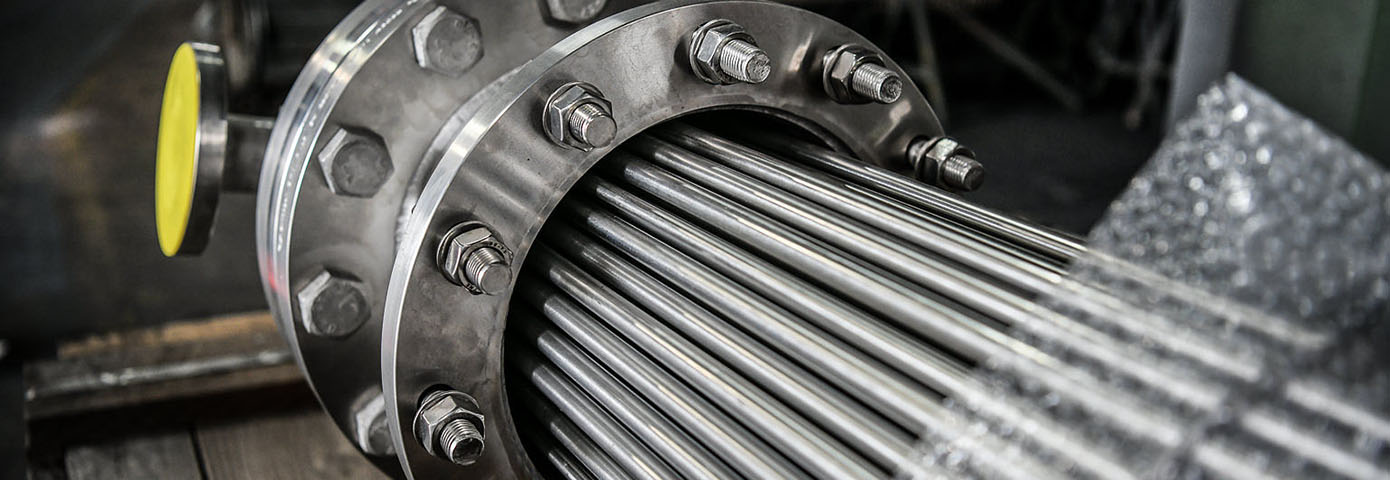How to make a heat exchanger more efficient



The efficiency of the heat exchanger depends on several important factors to consider.
Temperature difference
The temperature difference between the hot fluid and the coolant is very important when designing a heat exchanger.
Lower coolant temperatures take more heat from the hot fluid than warmer coolant temperatures. For example, if you have drunk a glass of drinking water at room temperature, it is much more effective to cool it down with ice than with cold water alone. The same principle applies to heat exchangers.
Flow rate
Another important factor is the flows of the fluids in both the primary and secondary sides of the heat exchanger.
A larger flow rate increases the exchanger’s ability to transfer heat, but a larger flow rate also means greater mass, which can make it more difficult to dissipate energy.
Installation
In general, the most efficient way to install a heat exchanger is to let the fluids flow in countercurrent (i.e. if the coolant moves from left to right, the hot fluid moves from right to left).
For shell & tube heat exchangers, the coolant should enter at the lowest inlet position to ensure that the heat exchanger is always filled with water.
With air-cooled heat exchangers, it is important to consider airflow when installing a chiller. Any clogged part of the core will compromise the cooling capacity.